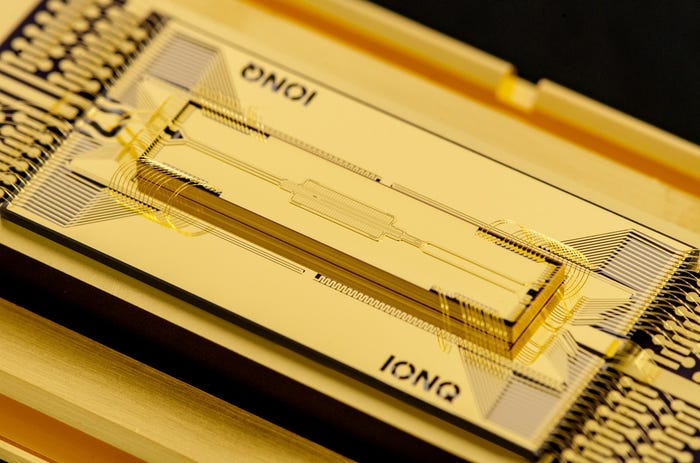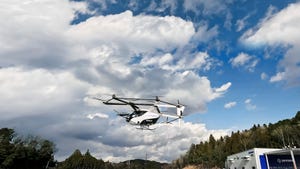Humanoid Robot Gains More Human-Like MovementsHumanoid Robot Gains More Human-Like Movements
The Shanghai robotics company’s latest addition to its humanoid robot has upgrades in hardware, design, software

Fourier Intelligence has unveiled its next-generation humanoid robot that breaks new ground by incorporating human-like motion into its design.
The Shanghai-based robotics company’s latest addition to its GRx humanoid robot has significant upgrades in hardware, design and software, marking a “new milestone in the field of humanoid robotics,” the company said.
The GR-2 is built on the success of the company’s GR-1 humanoid robot unveiled in 2023 at the World AI Conference in Shanghai, the same event where Tesla unveiled its Optimus robot. At that time, Fourier announced plans to produce 100 of its GR-1 humanoid robots by the end of 2023.
“GR-2 is a big step into the future of humanoid robotics,” said Alex Gu, CEO of Fourier. “We’re passionate about building the most intuitive embodied agent for AI, allowing it to engage with the physical world in ways like never before. Fourier is excited to have developers, researchers and enterprises join us on this incredible journey.”
The GR-2 stands 5 feet, 7 inches tall and weighs 138 pounds. It has 53 degrees of freedom and a single-arm load capacity of 6.6 pounds, allowing it to handle more complex tasks.
The robot has a detachable battery that has doubled in capacity from the GR-1 so it can run for an hour longer. The battery upgrade allows the GR-2 to handle a broader range of challenges, including long-distance walking.
The GR-2’s dexterous hands, featuring 12 degrees of freedom, were designed to replicate the flexibility of human anatomy. They are equipped with six array-type tactile sensors, allowing it to sense force, identify object shapes and materials, as well as enable it to adjust its grip in real time for optimal handling in changing environments.
The hand design supports multiple teaching modes including VR remote control, lead-through programming and direct command, allowing it to record operational data from motion paths to tactile responses. The company said the data collection will help bridge the gap between virtual models and real-world applications.
The humanoid’s joint configuration was also redesigned to improve debugging, lower manufacturing costs and enhance its ability to quickly learn and transition from AI simulation to real-world applications.

Credit: Fourier Intelligence
Fournier has incorporated human-like motion into the GR-2 design by developing seven distinct actuators each tailored to meet the specific torque demands of every joint to optimize movement giving it the ability to navigate complex tasks with greater flexibility.
The GR-2 also has an integrated cabling design for power and communication transmission allowing for concealed writes and more compact packaging for simplified modularization and increased adaptability.
About the Author
You May Also Like
.png?width=100&auto=webp&quality=80&disable=upscale)
.png?width=400&auto=webp&quality=80&disable=upscale)




